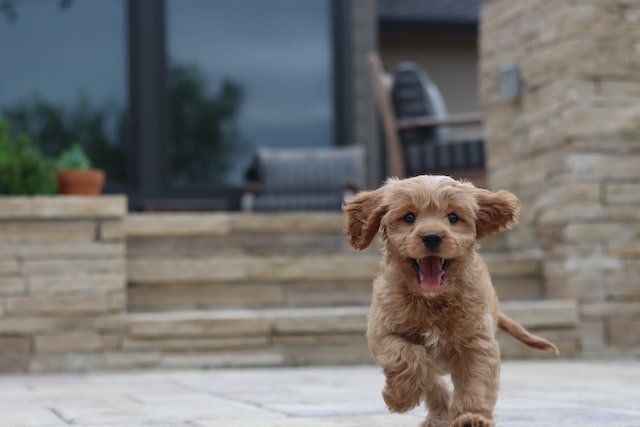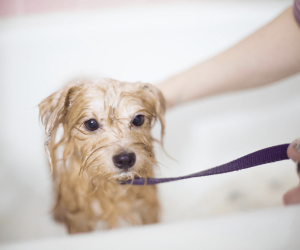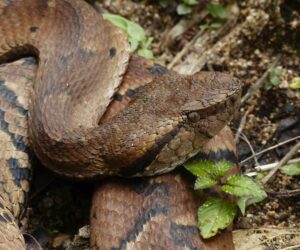
When picking out a new puppy, there are many factors to consider—size, age, energy level, and coat color. Though your pup’s specific color may not seem important at first glance, coat colors can indicate which breeds are legitimate and show-worthy and which are not.
Though you may not mind having a dog with a non-registered coat variation, the genetics behind coat colorways is worth brushing up on before you bring home your furry friend.
White
Many coats are one color on the ends of the dog’s fur and another at the roots, closer to the skin. However, with white-coated dogs, a multicolored strand is abnormal.
Solid white dogs are white to the roots, like Samoyeds and Great Pyrenees.
Cream
The beautiful cream color is often found in breeds that lean towards lighter coats or have red genes, like English Cream Golden Retriever puppies and Shiba Inus.
Cream coats are a light tan or beige color diluted from red genes, often described as off-white or yellow.
Brown
Commonly known as chocolate-colored pups, brown dogs are a rich medium to dark brown fur color.
Examples of solid brown dogs include the Chocolate Labrador Retriever and the Chesapeake Bay Retriever.
Fawn
Fawn coats are light tan with shades of red or yellow. Though exact colors vary, dogs like Pugs, Shar Peis, and some Masstiffs all have fawn coat colorways.
Black
As with solid white dogs, solid black dogs have black fur down to the roots.
Black is the most common dog coat color but is also typically unlikely to be all black. Many black dogs have markings or patterns of other colors on their fur, so check thoroughly before claiming you have a fully-black pup.
Red
As with many animal coats and even human hair, dogs with red coats are not fire engine red but rather a particular light shade of brown, orange, or tan with highlights or hues of red.
Because of this wide variety, many different dog breeds can be called red, such as the Irish Setter (also known as the Red Setter), Vizsla, and several Spaniels.
Blue
Similarly, blue dogs are not bright, vivid blue. Instead, blue refers to the shade of soft gray or silver fur that gives off a bluish sheen.
Blue dogs are rare, and to avoid health issues such as Color Dilution Alopecia, they should not be bred for the color if they do not naturally sport it.
Examples of naturally blue dogs include Great Danes and Kerry Blue Terriers.
Hairless
While by nature, these varieties are not technically a coat color, they deserve mention here. Like the Sphinx cat, some breeds of dogs are born with no fur at all due to genetic mutations, such as the Mexican hairless or Xoloitzcuintli.
Additional Patterns
In addition to solid colors, dogs’ coats often boast additional patterns and markings.
Brindle
Brindle is a pattern caused by an unusual expression of the alleles that produce black fur color—expressed through dark tigerlike stripes over a background of lighter fur. Many dogs like Chihuahuas, Boxers, and Greyhounds have the genetic potential for a brindle coat.
Piebald
Piebald patterns are caused by genetic mutations that rob an animal’s skin or fur of color. In dogs, this manifests as white patches on the coat of a dog’s body, with their head being the breed’s typical solid colors.
For instance, a piebald Dachshund would have a dappled white body and tail with a brown or black head.
Wrap up
Before setting out to adopt a new puppy, a basic understanding of coat colorways can help you narrow down your decision.



